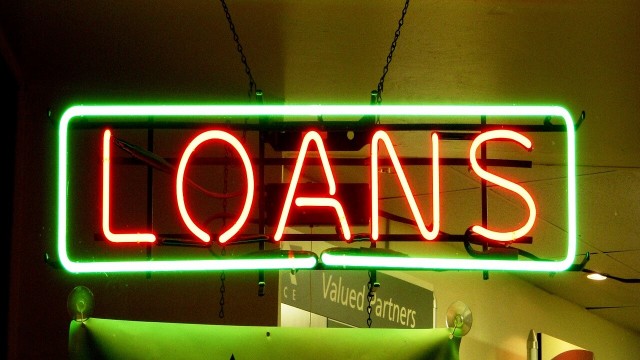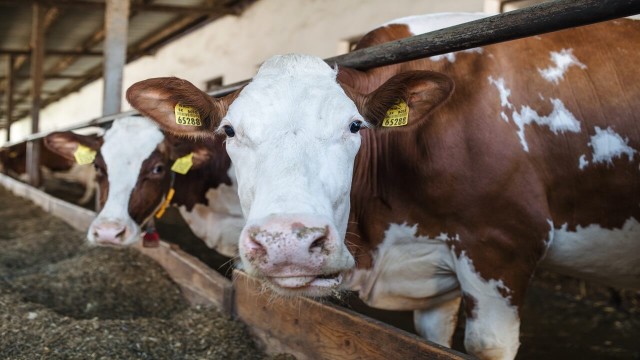
How to Report Income on a Small Business Loan Application
February 25, 2019, 2:07 pm
Would-be small business owners may think the trickiest part of their start-up will be drawing in clientele. But before they even have to worry about that step, they might need to first figure out how to complete a small business loan application if they need funding to launch their dreams of running their own business.
How to Report Income on a Small Business Loan Application
Small business loans can go a long way in helping a business grow. Being able to understand the application’s requirements can help speed up the process.
While it might seem like reporting income on a small business loan application would be a straightforward matter, that isn’t always true. Between figuring out whether to use married or individual income and sort out LLCs versus corporations, it doesn’t take long before there is some head scratching and hand wringing going on for business owners.
Here, we’ll demystify this process so business owners can get back to dreaming big and achieving their goals.
How Should People Report Income on a Small Business Loan Application?
When a person is filing a small business loan application, they should be prepared to list their own personal income—even an income that isn’t tied to that business at all. If the business is still a side gig and not the sole source of income, they’ll list how much they earn currently from their primary job as well as what they earned the year before.
If the applicant is married, they’ll also be expected to list what their spouse earned in the prior year and what the overall annual household income is. That gives a much clearer picture of the applicant’s overall financial resources and, if those figures are high enough, it is one indication they can afford to repay the loan if the business plans don’t turn out as hoped.
In addition to those figures, the applicant will also have to report any salary they earned as the business owner in the last year. That can show how profitable a business is for the applicant at the time of the loan. But another key element to landing that small business loan is a solid business plan. So even if a business isn’t currently profitable, it doesn’t mean the loan will be turned down.
How Will the Applicant Verify Income?
Because there is a lot at stake, lending companies aren’t going to take an applicant’s word for it when they fill in the blanks about their financial resources.
First off, applicants will have to prove their ownership of the business, whether it’s a sole proprietorship, S corporation, C corporation, or limited liability company. To prove that ownership, applicants will be expected to hand over tax returns or other documents such as articles of incorporation, plus business and personal tax returns.
In addition to tax returns, lenders will usually request up to two years of bank statements showing deposits and outgoing expenses for the business. If the business is newer than that, the applicant will give the statements for the time the business has existed.
But applicants can also offer their personal bank statements not tied to the business, which can help show their incoming money and outgoing expenses. Anything they can do to show they have a healthy overall financial picture with or without the business will help their case for getting a loan.
Other documentation a lender will expect to see includes a balance sheet, paycheck stubs, a profit and loss statement from the business, a current accounts payable statement, and a business debt schedule.
And if applicants are tempted to lie on their small business loan application about their income or debts, they should resist that temptation no matter what. It hurts their credibility and their chances for getting a loan.
Plus, applicants should keep in mind that loans are carefully vetted not only for the protection of the lending company but also for the applicant. No one wants to lend money to someone who seems destined to fail because they didn’t have a solid business plan or enough financial resources.
What About SBA Loans Versus Non-SBA Loans?
Reporting income is an important step in both Small Business Administration (SBA) loans and non-SBA loans. But income tends to be a more important component in the non-SBA loans because they can be harder to land if you don’t have a good stash of money or collateral and a great credit score, either personally or through the business. Building business credit can help a lender make a quicker decision in your favor.
The appeal of landing a non-SBA loan is that they can be much larger, so if a business owner needs a big infusion of cash to launch their startup, an SBA loan might not cut it. Also, SBA loans carry tight restrictions on what the money can be used for, while non-SBA loans don’t carry those restrictions. Once an applicant is granted non-SBA money, they have the freedom to do what they want with it.
[Ed.Note. Shannon Serpette is a mother of two and an award-winning journalist and freelancer who lives in Illinois. When she’s not spending time with her children, she is often pursuing her favorite hobbies – running, metal detecting, kayaking, and reading about personal finance.]












Share This Article: